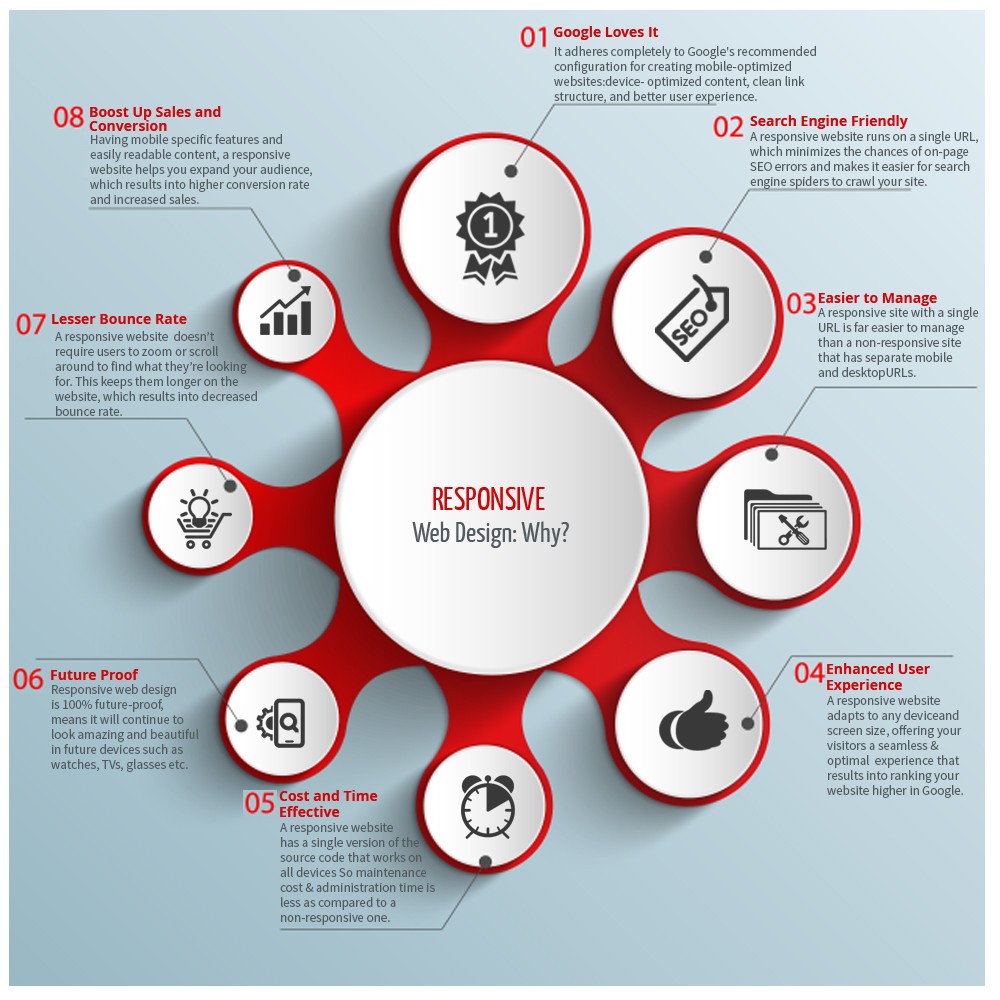Intrigued In Discovering How Internet Site Layout Has Developed Over The Years? Explore The Journey From Uncomplicated Layouts To User-Centered Strategies
Intrigued In Discovering How Internet Site Layout Has Developed Over The Years? Explore The Journey From Uncomplicated Layouts To User-Centered Strategies
Blog Article
Written By-Rasmussen Hyldgaard
In the past, websites were straightforward and concentrated on information. Navigating was direct, and style was for desktops. Currently, customer experience is key. Data overviews designs for simple navigating. Responsive layouts fit different devices. Today, dark setting minimizes stress, and minimalist menus improve navigating. Interactive functions engage customers, and strong visuals attract attention. AI combination improves involvement. See just how layout has advanced to enhance your on-line trip.
Very Early Days of Website Design
In the early days of website design, simplicity reigned supreme. Websites were standard, with minimal colors, font styles, and formats. The emphasis got on giving info rather than fancy visuals. Individuals accessed the net with slow-moving dial-up connections, so rate and performance were key.
Navigation menus were straightforward, usually located on top or side of the page. https://www.entrepreneur.com/article/424231 were made for desktop, as mobile browsing wasn't yet widespread. Content was king, and developers prioritized simple readability over intricate style elements.
HTML was the primary coding language utilized, and developers needed to work within its restrictions. Computer animations and interactive attributes were minimal compared to today's standards. Sites were fixed, with little dynamic content or personalized individual experiences.
Rise of User-Focused Design
With the development of website layout, a shift towards user-focused design concepts has ended up being increasingly noticeable. Today, creating internet sites that focus on customer experience is vital for involving site visitors and achieving company goals. User-focused layout entails comprehending the needs, choices, and habits of your target audience to customize the website's format, material, and includes appropriately.
Developers now conduct comprehensive study, such as user surveys and functionality screening, to gather insights and feedback straight from users. This data-driven method assists in producing intuitive navigation, clear calls-to-action, and visually attractive user interfaces that resonate with site visitors. By positioning the individual at the facility of the design process, websites can deliver an extra personalized and pleasurable experience.
https://www.britsinkenya.com/digital-marketing-software-market-research-report-2022-size-share-trends-and-forecast-to-2027/ has actually additionally become an essential facet of user-focused layout, guaranteeing that sites are optimized for numerous tools and display sizes. This flexibility boosts ease of access and use, catering to the diverse means users engage with websites today. In essence, the increase of user-focused design signifies a shift in the direction of developing digital experiences that prioritize the requirements and assumptions of the end individual.
Modern Trends in Web Design
Explore the most up to date fads shaping website design today. One noticeable trend is dark mode design, providing a sleek and contemporary appearance while lowering eye strain in low-light settings. An additional crucial trend is minimalist navigation, simplifying menus and improving individual experience by focusing on essential elements. Incorporating micro-interactions, such as animated switches or scrolling results, can create a much more engaging and interactive web site. Receptive design remains essential, making certain smooth customer experiences across numerous tools. In addition, making use of strong typography and unbalanced formats can include visual passion and draw attention to particular material.
Incorporating AI modern technology, like chatbots for client assistance or individualized suggestions, enhances customer interaction and simplifies procedures. Accessibility has likewise end up being a substantial fad, with developers focusing on comprehensive design practices to accommodate varied individual demands. Embracing sustainability by enhancing web site efficiency for speed and effectiveness is one more emerging fad in web design. Collaborating with user responses and data analytics to repeat and enhance design continually is crucial for remaining pertinent in the ever-evolving digital landscape. By welcoming these contemporary trends, you can create a visually enticing, straightforward website that resonates with your target market.
Conclusion
As you assess the development of internet site style from the early days to currently, you can see how user-focused design has ended up being the driving force behind contemporary patterns.
Accept the trip of change and adjustment in web design, always keeping the user experience at the forefront.
Keep present with the most recent fads and modern technologies, and never ever stop progressing your technique to create visually spectacular and straightforward web sites.
Develop, adjust, and develop - the future of website design remains in your hands.
